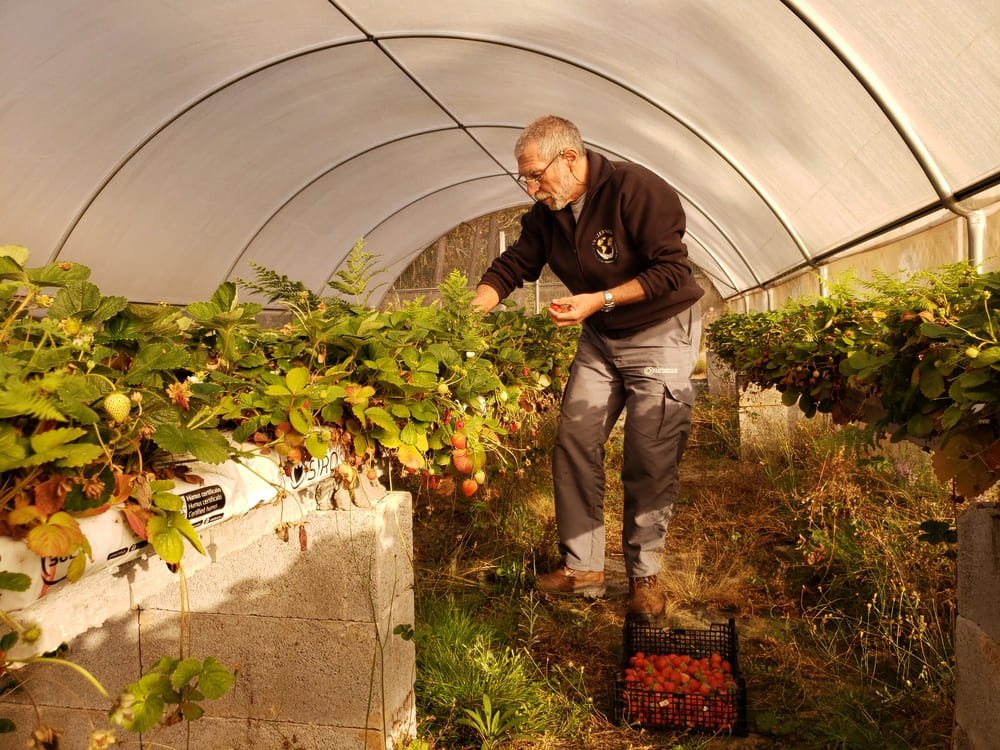On October 8, humanitarian aid volunteers of the Fraternity– International Humanitarian Missions (FIHM) travelled to Viana de Castelo, a northern region of Portugal, to harvest a surplus crop of strawberries on the property of a local farmer, a collaborator of the institution.

This activity was carried out under the aegis of the Food Safety Project, which expands the network of contacts with producers, picking up production surpluses, which most of the time would be wasted. Food waste generally occurs through overproduction of fruit and vegetables that, because they are not marketed commercially and are not disposed of in other ways, are lost as crops.
The donations are taken advantage of by making jams or are dehydrated, contributing so much to the self-sustainability of the Europe Mission through plotting distribution models for humanitarian missions of the Fraternity – Humanitarian Missions (FIHM) in other regions of the planet.


Food waste and its environmental impacts
According to the Food and Agriculture Organization of the United Nations (FAO), a third of the food produced globally for human consumption is lost or wasted, which is equivalent to 1.3 billion tons per year, while close to 870 million people suffer hunger in the world.
Just by themselves, these exorbitant figures reveal an enormous contradiction in our times, but along with this data, however, there is a lot of hidden waste. The chain of production and distribution of food needs water, soil, fertilizer, electricity and fossil fuels. So when the food is dumped, with it go all the resources that were used, causing environmental impacts that may be irreversible.






